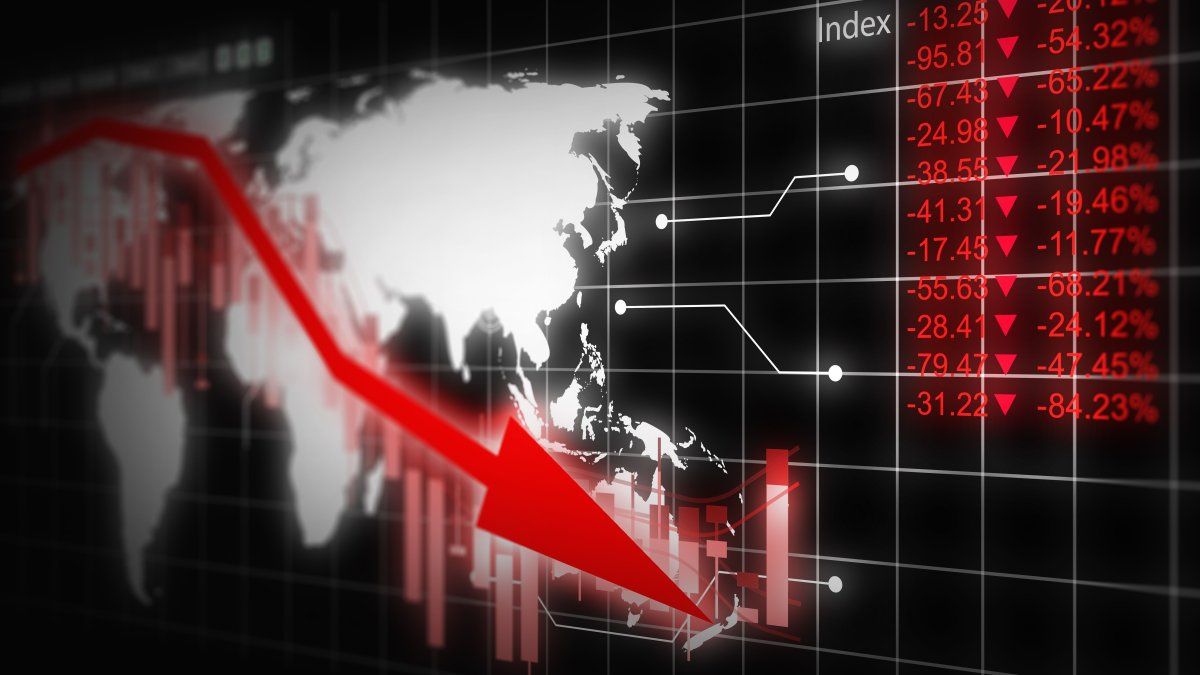As usual before each war rush in the Middle East, analysts evaluate, this time, how Iran’s response to Israel’s attack could shake world markets. What would those scenarios be?
This new escalation of the Middle East conflict, in this case between Israel and Iran, forces analysts to re -evaluate possible scenarios on global markets. According to the analysis of Lazard Geopolitical Advisory (LGA) experts, the impact on markets depends largely on the progression, nature and duration of Iran’s response. At worst, Oil prices could rise to $ 120 per barrelthey hold in LGA. It should be remembered that oil prices climbed at the beginning of the Israeli attack more than 13% and then yielded on the closure leaving more than 7% with delivery in July while Tehran responded to the attack on Tel Aviv. While crude oil prices ended up backing from the maximums achieved, The broader impact of conflict on global markets depends largely on Iran’s responsesaid LGA analysts to Marketwacht.
The content you want to access is exclusive to subscribers.
According to French Yue, LGA elaborated five possible response scenariosbeing the most likely that they will attack Israel directly, which could lead to an increase of US $ 20 to 20 per barrel in oil prices and an increase in the cost of energy and goods in the region, analysts wrote in a Friday note. It is also very likely that Iran will have American military or diplomatic active objectives in the Middle East, which could cause an increase in oil prices to 80 or 90 dollars per barrel, according to LGA, which raises risks from medium to high for global markets.


Yue comments that, in a more severe scenario, LGA projects that Oil prices could be fired between US $ 85 and 105 per barrel if Iran attacks the oil and gas infrastructure of the Gulf, which could cause an increase in global inflation expectations. This scenario seems less likely to materialize compared to the previous two, according to LGA analysts. However, the worst scenario would be the interruption or closure of the Ormuz Strait, a key maritime route for medium -east energy exports. That result, considered unlikely, could incite a sudden increase in oil prices to US $120 per barrel, which could cause oil driven inflation to reach critical levels, analysts said. It could also cause serious interruptions in the global supply chain, they added. Even so, even that scenario would probably be short -term, since it could trigger an US military intervention to restore maritime routes, they told Marketwacht.
Tensions in the Middle East: adverse shock for an already weak global economy
For their part, Oxford Economics (OE) experts consider that tensions in the Middle East represent another adverse shock for an already weak global economyHowever, its economic models suggest that even the most severe negative result would have a manageable impact on world economic activity. “In our most adverse scenario, the world GDP would be approximately 0.3% below the current base scenario in 2026, which would reduce GDP growth by 0.1% in 2025 and 2026. The impact on the activity would be slightly higher in the US and the Eurozone: the GDP growth would be 0.4% and 0.5% below the base scenario next year, respectively,”they point out from OE.
However, they add, the increase in oil prices and the consequent increase in retail inflation would involve a serious problem for central banks: “If the price of oil rose AU $ S130 by barrel as a result of the closure of the Ormuz Strait, we estimate that inflation in the US could reach a maximum close to 6%, and in the Eurozone, inflation could almost double the objective of the ECB”.
In this sense, OE argues that, given the already uncertain economic context, they doubt that the central banks quickly respond to a rebound in inflation raising interest rates. However, a significant increase could persuade them to postpone new type cuts until at least 2026 to minimize the risk of second round inflationary effects, they warn. The Global Consultant glimpses three adverse scenarios: one of Descalada and sanctions to Iran, carrying the price of crude Au $ S75; another where Iranian production is paralyzed and thus the crude rises au $ S90 the barrel; And a third where Iran closes the Ormuz Strait and then the barrel would go to $ S130.
Source: Ambito




